The Case for Grass
On Sept. 11, 2023, millions of Americans tuned into Monday Night Football to watch the Buffalo Bills visit the New York Jets in the first week of the NFL season. This was a highly anticipated game, as it was former Packers superstar Aaron Rodgers’ debut with the Jets. With the game being played on the 22nd anniversary of the 9/11 attacks, an already excited Jets crowd erupted when their new quarterback ran onto the field holding an American flag. Even as a neutral fan, it was a cool moment to watch.
However, the energy in the stadium died just moments later. On the fourth play of the game, Rodgers was sacked and tore his left Achilles tendon, ending his season. The injury reignited the debate on the safety of turf fields compared to grass.
MetLife Stadium, the home of the Jets and where Rodgers suffered his injury, uses a turf field. The stadium has become notorious for lower leg injuries. During a Cowboys vs Giants game in 2022 at MetLife, Giants receiver Sterling Shepard tore his ACL. The injury occurred while he was jogging after a play — a non-contact injury. Shepard wasn’t making any sudden adjustments, he was just jogging when suddenly he grabbed his knee and fell to the ground.
Turf may not have been the sole cause of Rodgers’ or Shepard’s injuries, but the point still stands: grass is safer than turf.
Surveys by the NFL Players Association show that nearly 93% of players said artificial turf impedes their careers, while 91% said it makes them feel more fatigued and sore. JC Tretter, a former center for the Packers and Browns and president of the NFL Players Association, wrote an article covering why grass is better than turf. Tretter explained that whenever he practiced on a turf surface, his joints felt “noticeably stiffer” the next day, as opposed to practicing on grass. The data bears this out, too. According to NFL injury data from 2012-18, players have a 32% higher chance of non-contact knee injuries on turf, such as Shepard’s injury from 2022. Players also have a 69% higher chance of non-contact foot or ankle injuries on turf.
Why do these injuries occur at such a higher rate on turf compared to grass? The answer comes down to physics.
As Tretter explained, football players exert a lot of force onto the ground as they run, cut and block. Artificial turf fields have much less give than natural grass, meaning more of that force is exerted back on their legs as they play on turf, leading to higher rates of injuries.
Some proponents of artificial turf maintain that turf fields are easier to manage, particularly in cold weather climates and indoor stadiums. However, numerous cold weather stadiums use natural grass surfaces, including Chicago, Cleveland, Denver, Kansas City and Pittsburgh. Arizona and Las Vegas also use natural grass, despite Arizona using a retractable roof stadium and Las Vegas having a fully indoor stadium.
If these franchises can manage a natural grass surface, then every franchise should be able to.
Another knock on grass is that as a result of having more give, the field is more slippery and players have a harder time keeping their balance. There’s no better example of this than Super Bowl LVII last year in Arizona, where players on the Chiefs and Eagles were slipping all over the place. Both Travis Kelce and Isiah Pacheco slipped and fell to the ground after scoring touchdowns in that game, and the quality of the field was a topic of debate in the following days.
The counter to that argument is simple, would you rather have players slipping maybe a couple of times per game, or would you rather have them suffer season-ending injuries that probably could be prevented? No one wants to see injuries. A study published in the the American Journal of Sports Medicine concluded that if all NFL games from 2012-16 were played on grass, there would have been 319 fewer foot and leg injuries.
Many fans were confused when FIFA announced that MetLife Stadium would host the 2026 FIFA World Cup Final. MetLife and other stadiums around the country will be switching to natural grass for the tournament to meet FIFA’s requirement of natural grass for World Cup games. The NFL should follow FIFA’s lead and use natural grass in every stadium to keep the players safe.
The Case for Turf
Over the years, the question of whether real or artificial grass better suits athletes has been debated. Artificial grass boasts several benefits over real grass, including water conservation, appearance and cost-effectiveness.
The first case for turf is the conservation of water, as opposed to grass. Artificial fields do not require the use of much water, giving them a huge advantage over grass fields. According to FieldTurf Landscape, “the EPA estimates that maintaining a single acre of natural grass lawn can require up to 100,000 gallons of water per year.” Artificial turf requires minimal work — no mowing, fertilizing, watering or pest control. This saves water and reduces athletes’ and maintenance teams’ exposure to harsh chemicals.
In addition to saving water, artificial turf has a consistent appearance and durability. Simply put, artificial turf looks very close to an actual grass field, without the environmental drawbacks. Grass can get weary and lose texture, which can be inconsistent for athletes. Uneven ground beneath grass can lead to injuries and is difficult to repair.
Turf is also more grounded, allowing it to be durable and consistent throughout the entire field. Turf also reduces the need for maintenance, which helps teams at lower levels — such as high schools and smaller colleges — manage a high-quality field within a limited budget. Inclement weather is also less of an issue with turf, since it doesn’t get as slick as grass when wet.
According to Keystone Sports Construction, “Compared to natural grass, artificial grass makes your turf more durable during heavy game usage with no downtime for recovery of field use.” This means you don’t need to dedicate much time to field maintenance, as the turf won’t require much work to remain in prime condition. Overall, the look and feel of turf help create more of an appealing environment to watch, whether it be on the stands or on the TV.
Cost-effectiveness is something that teams and leagues need to consider as well. According to Safe Healthy Playing Fields, equipment, supplies and labor costs can range from $23,250-127,000 for synthetic turf, and from $42,800-205,500 for natural grass. Although the prices range in quality, turf is often much cheaper than grass. Besides these initial costs, turf is often cheaper to maintain than grass, ranging from $13,720-39,220 compared to $8,133-48,960 for grass. In the end, many teams are not able to afford high-quality grass fields. Using turf as an alternative is a great way to be more cost-effective while providing a durable, consistent playing surface.
Looking to the Future
Both grass and turf have their benefits, and both have been implemented in various sports leagues around the nation. Grass has been shown to cause fewer injuries than turf, but is much more expensive to set up and maintain. Turf offers a much more durable and accessible playing surface to smaller teams, but is it worth the injury risk for leagues paying players millions of dollars? As of now, leagues such as the NFL utilize both, trying to reap the benefits of each. With constant advancements in turf technology, will we see leagues switch to artificial turf or make the move back to grass?








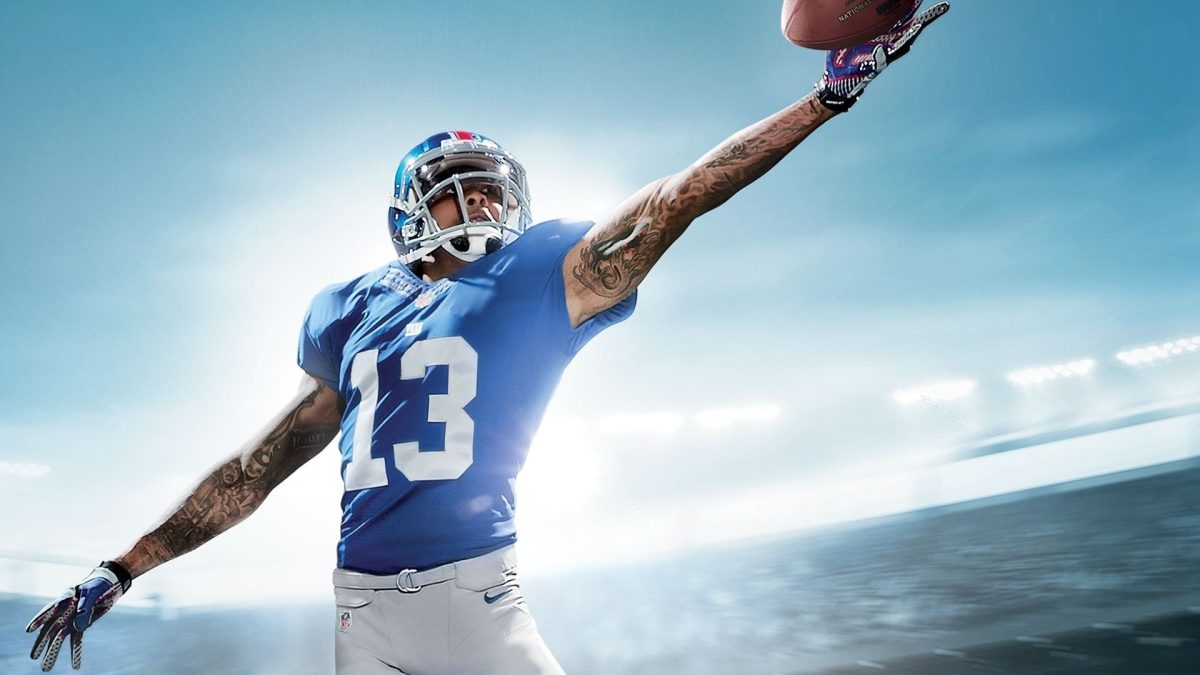


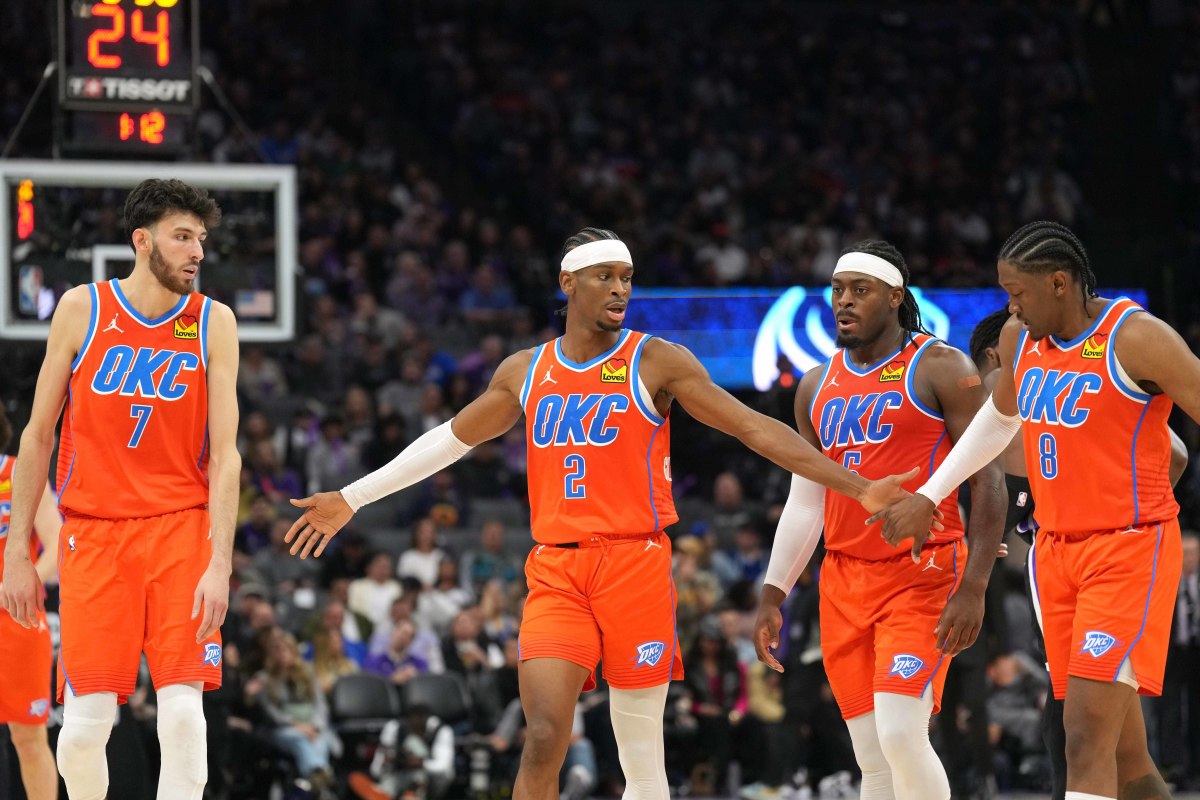
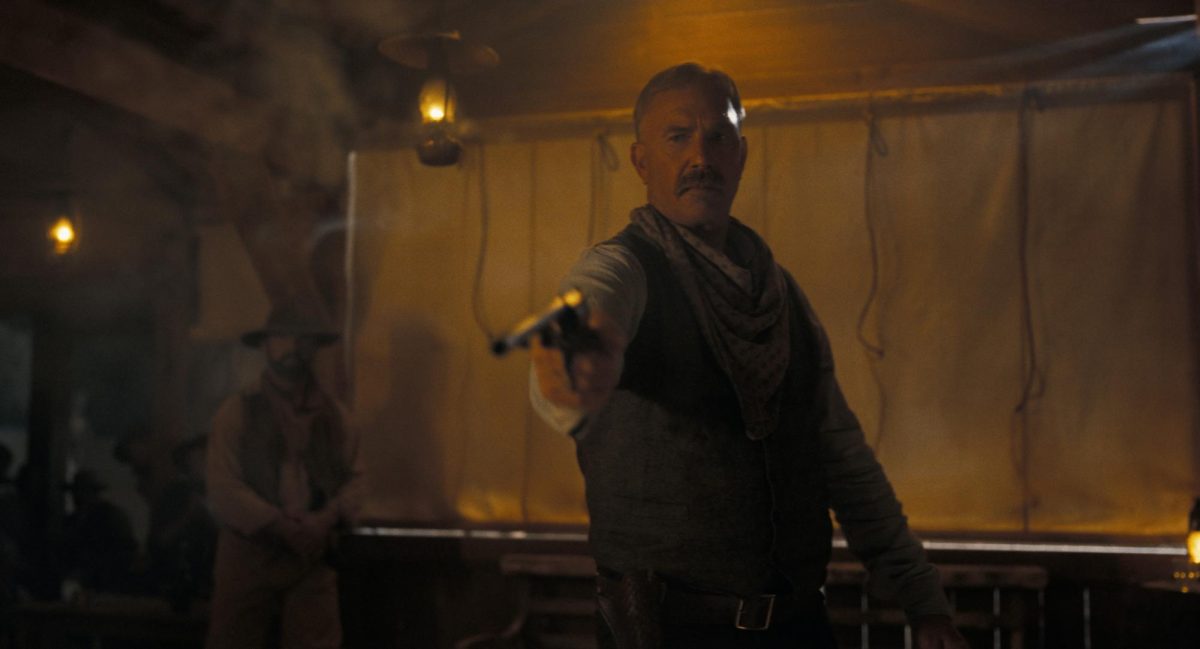
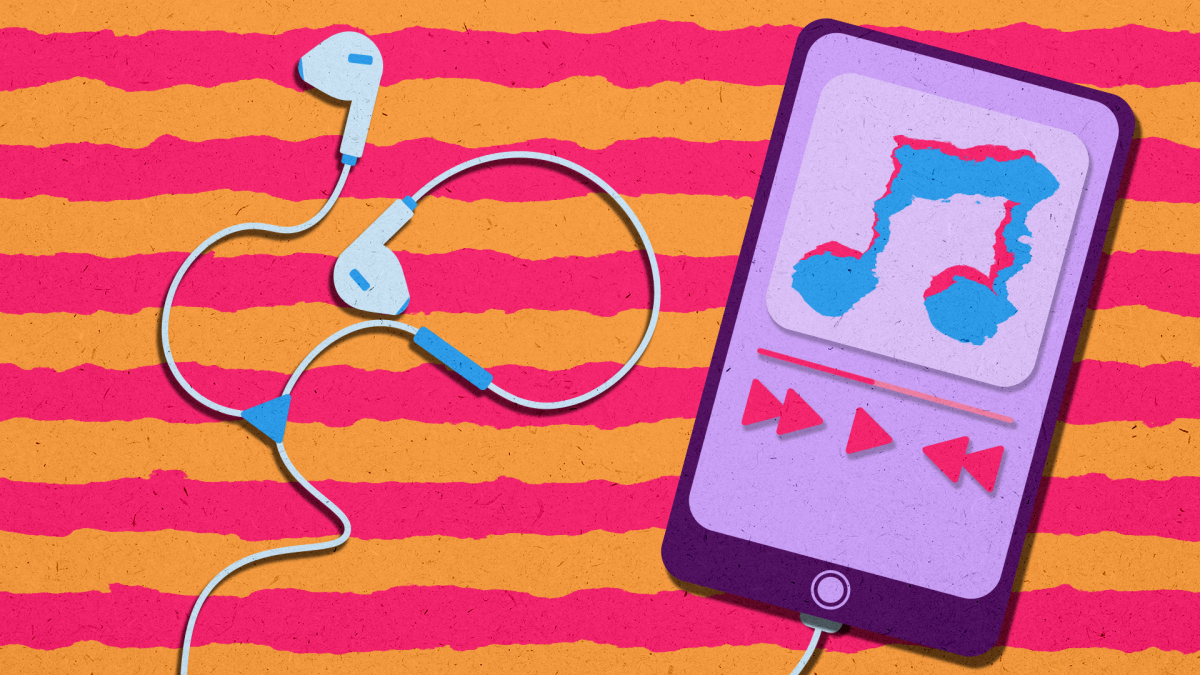

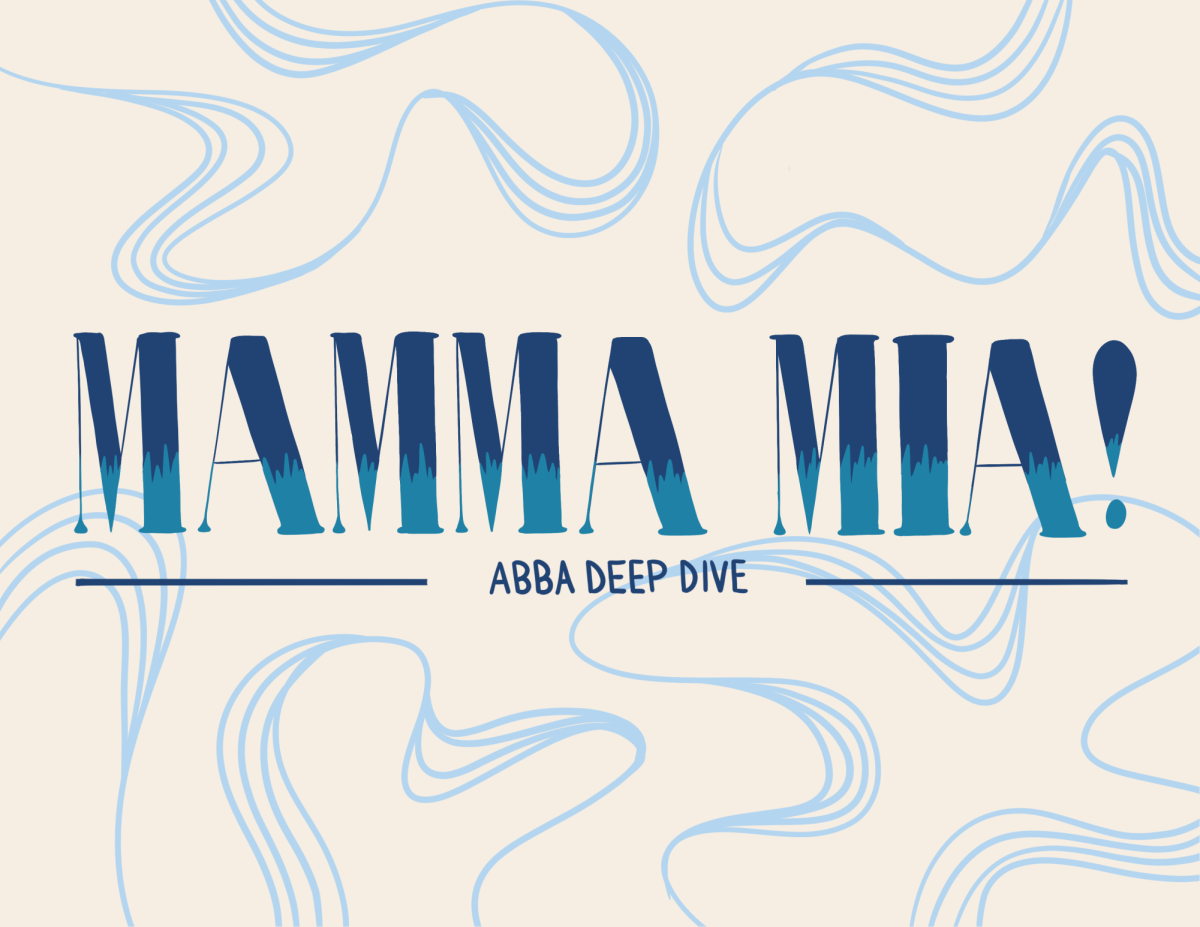

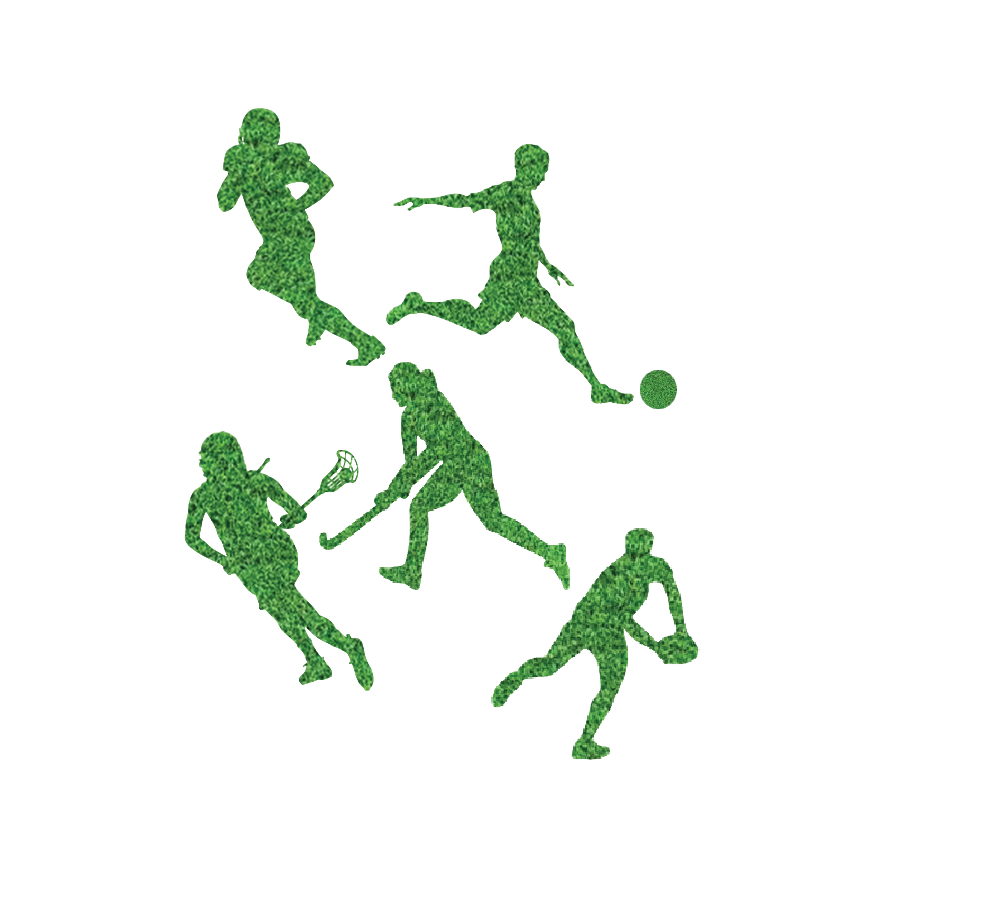


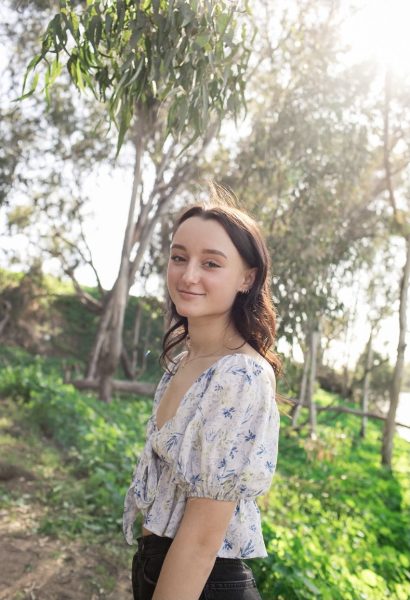
Andrew • Apr 10, 2024 at 9:01 pm
Howdy Isaac and Luke….
Its a shame that you make mention that plastic parks aka synthetic turf fields require minimal work, that’s totally not true.
A simple review of the Synthetic turf maintenance guides established by the different sporting codes, FIFA, NFL, details that the fields have to be swept daily, brushed weekly and infill dispersion and amendments, utilising expensive machinery, are required bi weekly or monthly depending on the usage hours.
The maintenance guidelines also state that Plastic parks require herbicide and algaecide treatments to stop weeds, moss and algae growth and as such users are exposed to harsh chemicals, mores than those used on grass because of aspiration.
It is also concerning that you have appeared to handpick statistics from Safe Healthy Playing Fields that aren’t supported throughout the reporting and documentation provided by this organisation;
Case in point: this quote taken from the same page that you sourced your figures…
“Maintaining a natural grass field is slightly more expensive than a turf field, but not by a significant margin. Plus, if one takes into consideration the $500,000 that must be paid every 8-10 years to replace the carpet of an artificial turf field, and the fact that it is at least $250,000 more expensive to implement, then using natural grass ends up being cheaper in the short and long run.”
Lastly, in my opinion it would be far better to ensure that the information provided to your readers is better referenced and provides factual information and independent scientific reports rather then relying on industry experts who have clear conflicts of interest with the information that they are providing.
Love your work, keep it up, hopefully taking note of my suggestions.